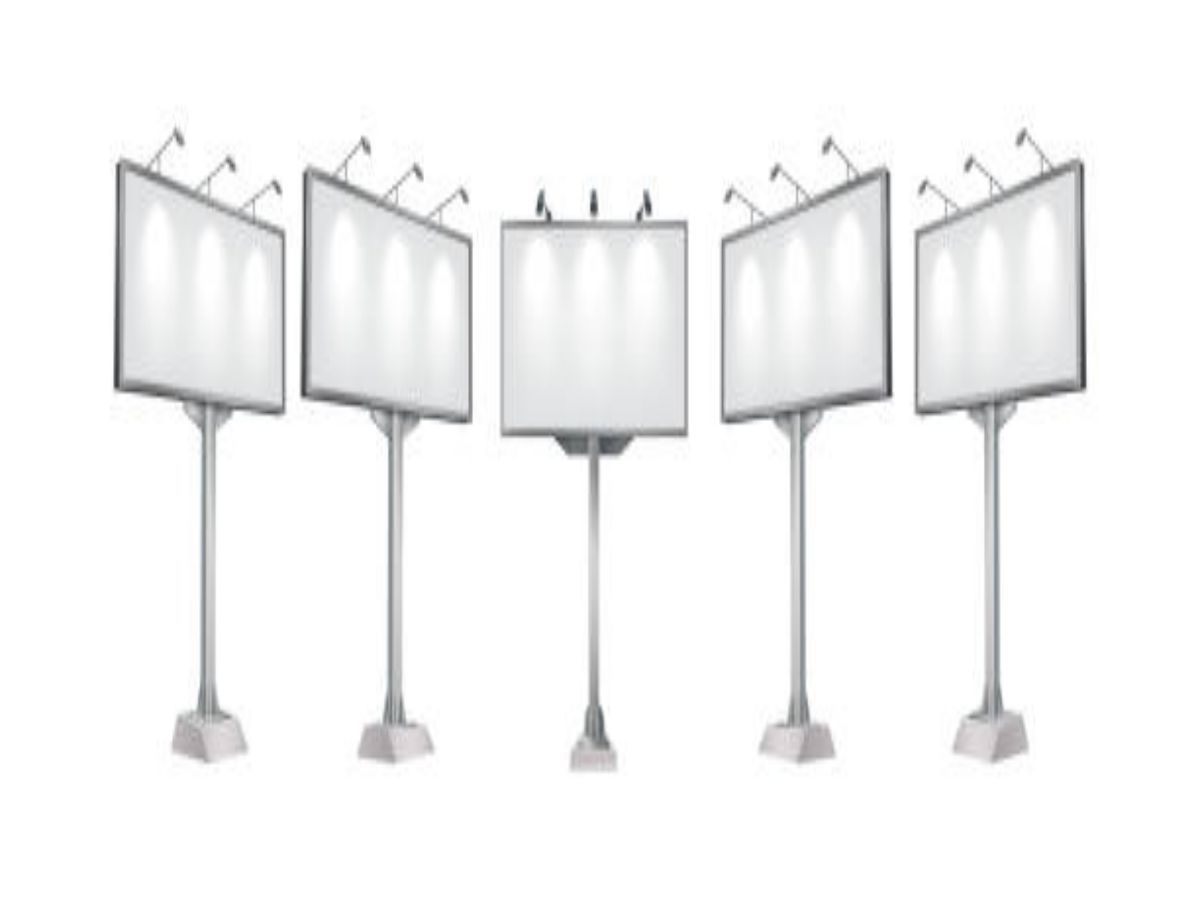How to Ensure Proper Cable Strain Relief with Screw Terminal M16 Reverse Direction Connectors?
When it comes to ensuring proper cable strain relief with screw terminal M16 reverse direction connectors, there are several important factors to consider. Strain relief is crucial for maintaining the integrity and longevity of your cable connections, especially in high-vibration or harsh environments. In this article, we will explore the key aspects of cable strain relief and provide you with practical tips on how to achieve it effectively.
Understanding Cable Strain Relief
Cable strain relief refers to the technique of reducing the stress and tension on a cable and its connectors caused by pulling, bending, or other external forces. Without proper strain relief, cables and connectors can become damaged, leading to signal loss, intermittent connections, or even complete failure. Screw terminal M16 reverse direction connectors are commonly used in industrial applications, where strain relief is particularly critical.
Choosing the Right Connectors
One of the first steps in ensuring proper cable strain relief is selecting the right connectors. When working with M16 reverse direction connectors, it is essential to choose ones specifically designed for strain relief. These connectors typically feature additional features such as built-in cable clamps or grommets to secure the cable and relieve strain. Look for connectors that are compatible with your cable size and type to ensure a proper fit.
Proper Cable Routing
Another important aspect of cable strain relief is proper cable routing. When routing cables, it is crucial to avoid sharp bends or kinks that can cause excessive strain on the connectors. Instead, aim for smooth, gradual curves that allow the cable to maintain its natural shape. Additionally, ensure that the cable is not stretched or overly taut, as this can also lead to strain. Proper cable routing involves planning and organizing the cables in a way that minimizes stress on the connectors.
Using Strain Relief Accessories
To enhance cable strain relief, consider utilizing strain relief accessories. These accessories can include cable glands, cord grip connectors, or flexible conduit systems. Cable glands provide a secure and watertight seal around the cable, while cord grip connectors feature an adjustable grip mechanism that clamps onto the cable, preventing it from being pulled out. Flexible conduit systems offer additional protection by enclosing the cable in a flexible tube, shielding it from external forces.
Tightening Connectors Properly
When connecting cables to screw terminal M16 reverse direction connectors, it is crucial to tighten them properly. Under-tightening can result in loose connections, which may lead to increased strain on the cable and connectors. On the other hand, over-tightening can damage the connectors or even break the cable. Follow the manufacturer's guidelines for the recommended torque specifications, and use a torque wrench if necessary to ensure accurate tightening.
Regular Inspections and Maintenance
Regular inspections and maintenance are essential for ensuring proper cable strain relief with screw terminal M16 reverse direction connectors. Periodically check the connectors, cables, and strain relief accessories for signs of wear, damage, or loosening. If any issues are detected, take immediate action to address them, such as replacing damaged components or re-routing cables to reduce strain. By staying proactive and addressing potential problems early on, you can prevent more significant issues down the line.
Consider Environmental Factors
Another crucial aspect to consider when ensuring proper cable strain relief is the environmental conditions in which the connectors will be used. Different environments, such as high temperatures, moisture, or corrosive substances, can impact the performance and longevity of the connectors. Choose connectors that are specifically designed to withstand the intended environment and provide adequate protection against these factors. Additionally, consider using protective covers or enclosures to shield the connectors from harsh conditions.
Train and Educate Personnel
Proper cable strain relief should not be limited to a single individual. It is essential to train and educate all personnel involved in the installation, maintenance, and handling of cables and connectors. Ensure that they understand the importance of strain relief and the proper techniques for achieving it. By fostering a culture of awareness and knowledge, you can significantly reduce the risk of cable strain-related issues and improve the overall reliability of your connections.
Utilize Cable Management Systems
Cable management systems can play a vital role in ensuring proper cable strain relief. These systems provide a structured and organized approach to managing cables, reducing the risk of strain and damage. Consider using cable trays, raceways, or cable ties to keep the cables neatly arranged and secured. Additionally, label the cables to facilitate identification and reduce the need for unnecessary handling or pulling, which can contribute to strain.
Seek Professional Assistance
If you are unsure about how to ensure proper cable strain relief with screw terminal M16 reverse direction connectors, do not hesitate to seek professional assistance. There are experts and professionals who specialize in cable management and can provide you with valuable guidance and support. They can assess your specific needs, recommend suitable connectors and accessories, and assist with the installation or maintenance process.

